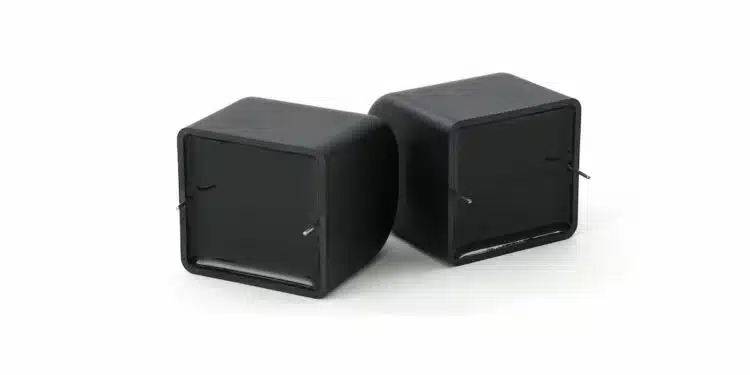Japan’s Nichicon Corporation used Sabic ultra-thin specialty film to develop high-temperature, high-voltage, commercial-quality capacitors for AC-DC traction inverter modules in electric vehicles.
This addresses industry demand for advanced film capacitors that can enable more-efficient AC-DC power modules.
“We are proud to be the first to develop a film capacitor that can withstand very high temperatures and voltages,” said Mr. Takashi Mori, general manager, XEV Global Design Center, Nichicon. “Our new capacitors made with SABIC’s dielectric film can help the industry realise the full benefits of silicon carbide and gallium nitride MOSFETs when used in AC-DC inverters for electric vehicles. We are pleased to collaborate with SABIC to combine our engineering leadership with SABIC’s renowned materials innovation.”
In contrast to traditional film solutions, single capacitors made with ELCRES HTV150A dielectric films can operate at high temperatures (up to 150°C) and high voltages (up to 1,000 volts) with stable performance. Working with SABIC, Nichicon implemented and successfully tested the film in its capacitor designs to offer candidate components to AC-DC inverter module manufacturers. A prototype capacitor will be shown at the SABIC booth during PCIM Asia that take place in Shenzhen, China, 28-30th August, 2024. In addition, SABIC will give three presentations related to the dielectric film.
One presentation will be given by Dr. Adel Bastawros, chief scientist, and Yuan Zhou, lead scientist, at PCIM Exhibitor Forum 5 on 29th August from 10:50 to 11:10 a.m. China Standard Time (CST). Their talk is titled, “Reliability of HTV150A High Temperature and High Voltage Films for DC-Link Capacitors.”
“We engineered ELCRES HTV150A films to help customers move to the latest generation of capacitor technology, and we congratulate Nichicon on taking the lead in this endeavour,” said Scott Fisher, general manager, technology, SABIC Polymers, Specialties BU. “Nichicon’s new film capacitors offer the potential to improve electric vehicle range, charging speed and performance, and to allow compact, lighter-weight module designs by reducing the need for active cooling. We look forward to continuing our collaboration with Nichicon to benefit the power electronics industry.”
The development project for Nichicon’s film capacitors involved the segmented metallisation of the ELCRES HTV150A film to help achieve 900-1000V. The film’s stable, inherent dielectric properties enable the capacitors to operate at 150°C. This work included 2,000 hours of reliability life testing at 150°C, and 3,600 hours at 130°C.
ELCRES HTV150A dielectric films are the first in the industry to provide stable performance at operating temperatures of -40°C to 150°C and frequencies up to 100 kHz, while offering stable capacitance, high insulation resistance and good dielectric performance. The films address the critical performance gap experienced by traditional film solutions above 105°C. Capacitors built with 3 µm and 5 µm metalised ELCRES HTV150A films pass standard electrical and life tests at 150°C for 2,000 hours, and damp heat ageing at 85°C and 85% relative humidity for 1,000 hours, with low capacitance change and stable insulation resistance. Other key film properties include high voltage breakdown strength over the full temperature range, good self-healing, and excellent adhesion to aluminium and zinc during metallisation.
































